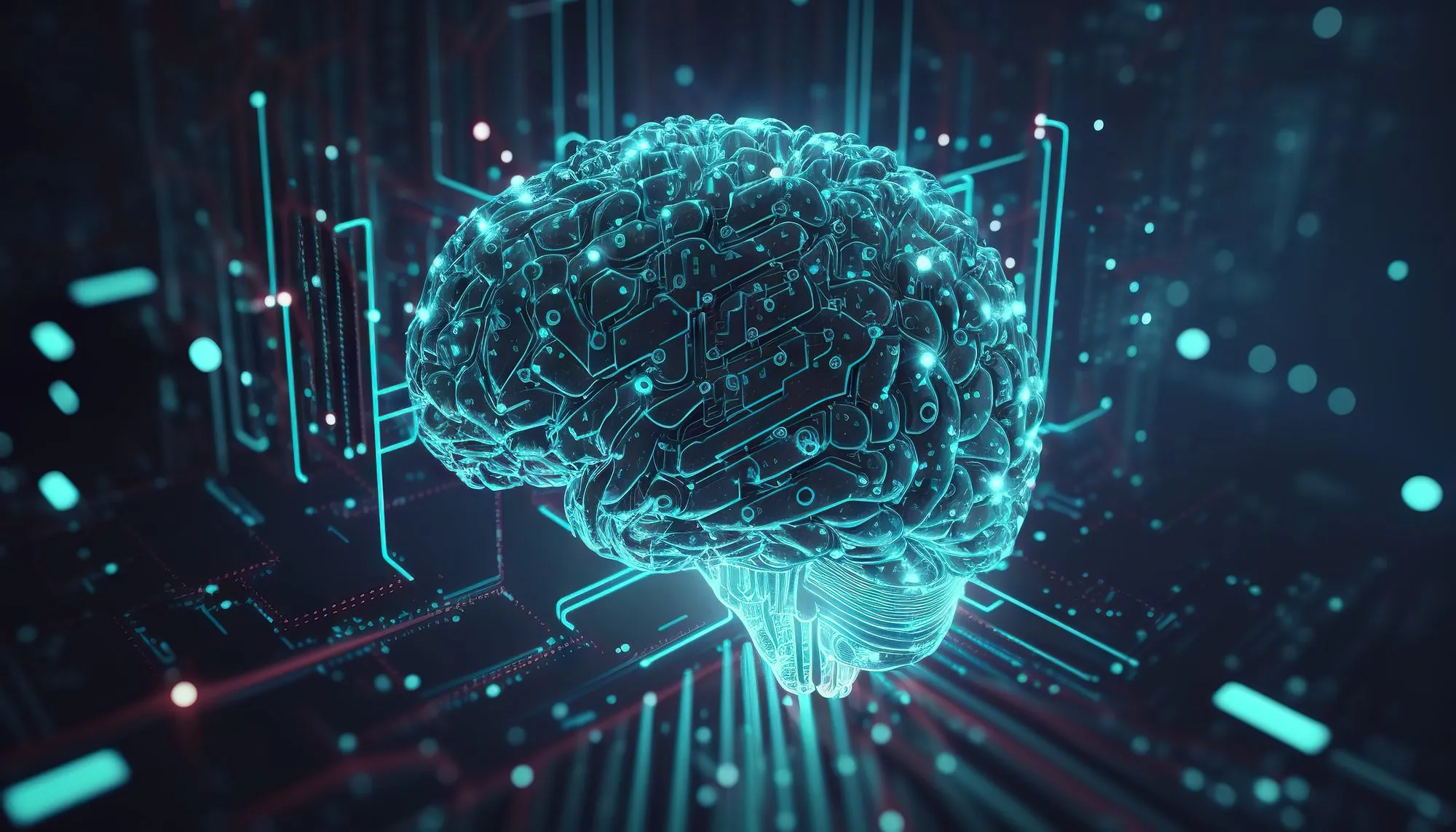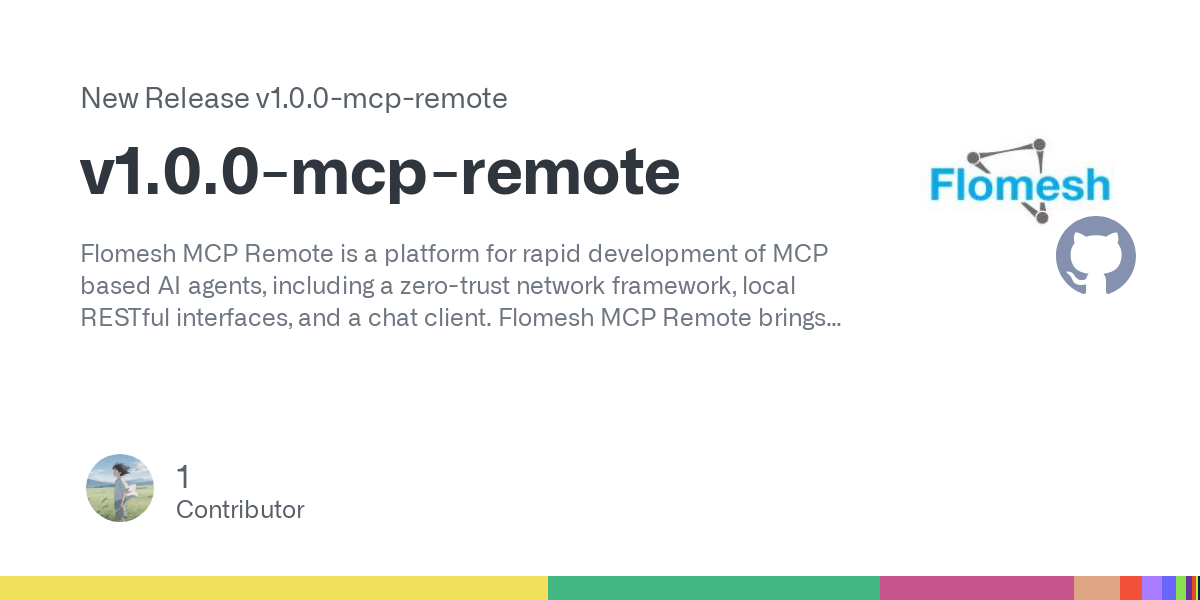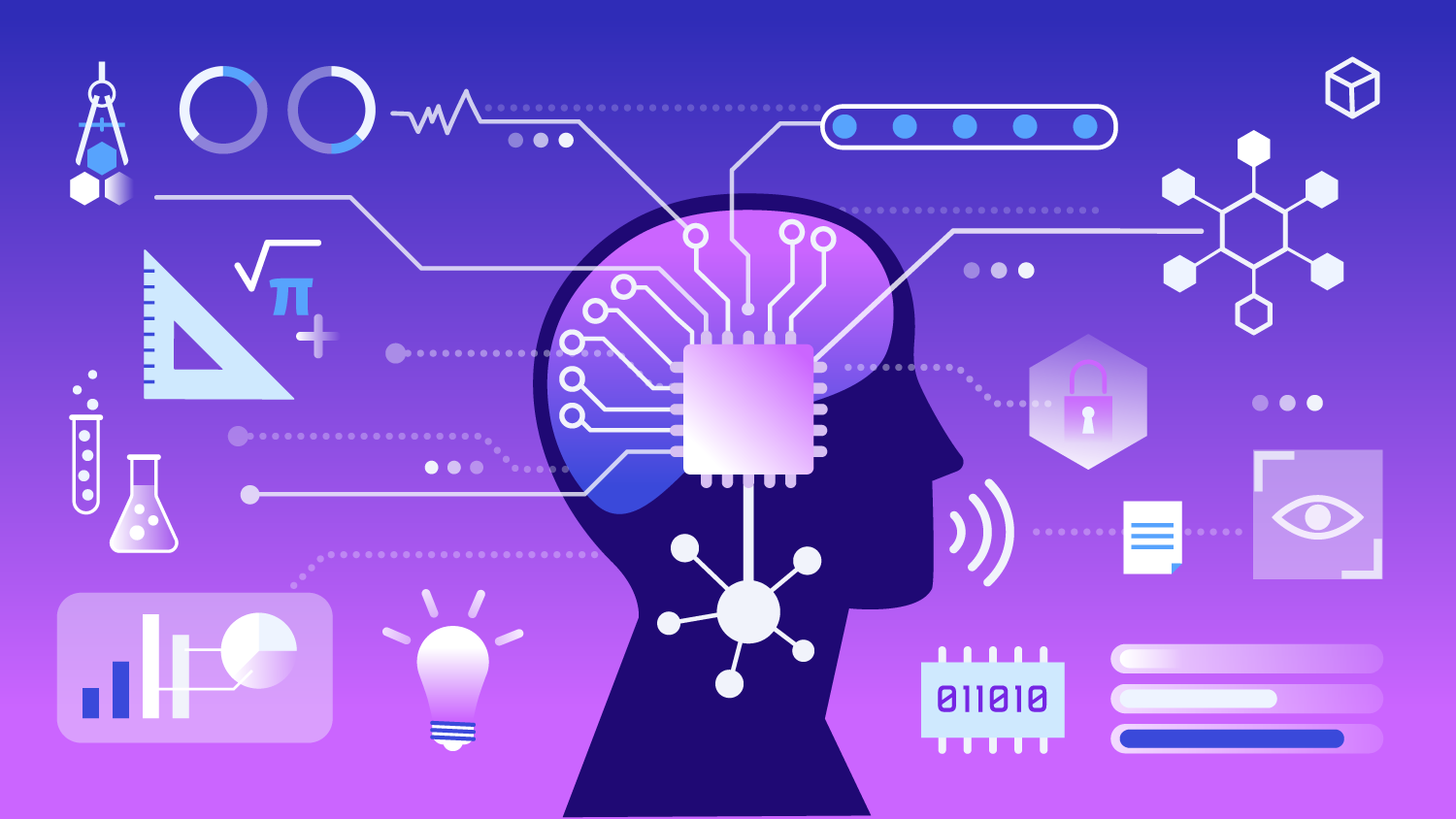In the past week, rulings from Judges Alsup and Chhabria provided legal victories for AI companies Anthropic and Meta regarding training large language models on copyrighted books. Judge Alsup deemed Anthropic’s use as “fair use,” despite criticizing their initial reliance on pirated materials, which could expose them to significant damages. Chhabria dismissed the authors’ claims against Meta but highlighted concerns over AI’s potential harm to the market for human creativity. Both judgments focused on training inputs but did not clarify the legality of AI-generated outputs, a crucial issue in copyright law. The distinction between training on legally acquired versus pirated material was emphasized, suggesting companies may need to pay for rights to avoid infringing. Future litigation remains likely, and these cases raise broader questions about the impact of generative AI on creativity and the copyright framework’s effectiveness in protecting artists while fostering innovation.
Source link
Surge in Wallet Activity in 2025 Sparks Growing Adoption of AI Tools on Blockchains
In the first half of 2025, artificial intelligence (AI) is rapidly emerging as a significant player in the Web3 space, with a reported 86% increase in daily interactions with AI-powered decentralized applications (DApps). This surge has resulted in over 4.5 million unique wallet engagements, positioning AI platforms as comprising nearly 20% of total DApp activity, narrowing the gap with blockchain gaming. The escalating interest in AI-driven applications is also reflected in funding, with AI-related Web3 startups raising $1.39 billion, marking a 10% year-over-year increase. Notably, most AI users are predominantly located in Europe, Asia, and North America, with a considerable portion of activity attributed to anonymized sources, suggesting extensive use of privacy tools. Overall, AI’s integration into blockchain technologies is transitioning from a peripheral role to a foundational one, driven by significant investment, global reach, and increasing user demand.
Source link
Implementing a Zero Trust Framework for the Development of MCP-Based AI Agents
The article discusses the release of version 1.0.0 of Flomesh’s ZTM (Zero Trust Mesh), focusing on the MCP (Mesh Control Plane) for remote deployments. This new version aims to enhance service connectivity and security in distributed systems by implementing a zero-trust architecture. Key features include improved traffic management, robust security measures, and simplified integration with existing cloud-native applications. The release is positioned as an essential tool for developers and enterprises looking to strengthen their microservices architecture. Additionally, the announcement highlights ongoing community feedback and collaboration as crucial to future updates and enhancements, inviting users to participate in discussions on platforms like Hacker News. Overall, the release reinforces Flomesh’s commitment to providing innovative solutions within the cloud-native landscape.
Source link
Exploring the Impact of Large Language Models: Recent Insights Across Industries – Center for Applied Artificial Intelligence
The finance sector generates immense data, often underutilized in modeling, particularly regarding non-traditional types like text and audio. Recent advances in machine learning, exemplified by Dr. Ralph S.J. Koijen’s asset embedding model, aim to tap into this untapped reservoir, offering insights for firm valuations and return patterns using BERT-based techniques. This model enhances financial predictions by deriving “asset embeddings” from portfolio data. Additionally, research by Kim and Nikolaev indicates that contextual data, when integrated into modeling, significantly improves prediction accuracy. Their findings, coupled with frameworks like FLAME for latent feature mining, enhance models by incorporating overlooked factors. Furthermore, Lee et al. demonstrated fine-tuned models in marketing communications, blending AI with human input for optimized email content. Lastly, the “BeanCounter” dataset strives to mitigate toxicity in AI outputs, ensuring quality and reducing biased language, thereby creating safer AI applications in professional settings.
Source link
Introducing Tolly: An AI-Powered API for Data Structuring
Tolly is an innovative AI tool designed to simplify the process of interpreting fuzzy data. It functions through an API, allowing users to extract smart values without the need for complex prompts or logic trees. This straightforward approach focuses on delivering structured answers quickly and efficiently, making it accessible for various applications. Tolly’s user-friendly design aims to enhance data analysis by eliminating unnecessary complexities, thereby streamlining workflows for those needing precise information from ambiguous datasets. With its emphasis on usability, Tolly is poised to be a valuable resource for individuals and organizations looking to make sense of their data without getting bogged down in intricate procedures.
Source link
MyAIDetector.org: Your Easy Guide to Identifying AI-Generated Content – Vocal
MyAIDetector.org provides a straightforward guide for identifying AI-generated text. It highlights the growing prevalence of AI in content creation and addresses concerns about authenticity and trustworthiness. The platform offers tools and techniques to help users analyze written material for signs of AI authorship. Key strategies include examining writing style, structure, and consistency, as AI may produce overly polished or unnatural language. Additionally, users are encouraged to look for factual inaccuracies often present in AI-generated content. The guide emphasizes the importance of critical thinking and a cautious approach when evaluating text to discern whether it originates from a human or an AI. Overall, MyAIDetector.org serves as a valuable resource for anyone seeking to navigate the complexities of AI-written material in today’s digital landscape.
Source link
Morgan Stanley Highlights OpenAI’s Positive Impact on Azure AI Revenue (MSFT: NASDAQ) – Seeking Alpha
Morgan Stanley views OpenAI’s impact on Azure AI revenue positively, highlighting the potential for significant growth. The integration of OpenAI’s technology into Azure is seen as a strategic advantage for Microsoft, positioning them favorably in the competitive AI landscape. Analysts emphasize that the collaboration enhances Azure’s offerings, making it more attractive to enterprises seeking advanced AI solutions. This partnership not only bolsters Microsoft’s revenue prospects but also enhances its overall market presence. The financial forecast suggests that demand for AI capabilities will continue to rise, resulting in increased usage and revenue for Azure. Overall, Morgan Stanley expresses optimism regarding the synergy between OpenAI and Microsoft, indicating a robust trajectory for Azure AI growth in the future.
Source link
SmartPay Shield: AI-Driven Transaction Routing Solution
The platform allows users to seamlessly connect existing payment gateways like Stripe, PayPal, and Square through a secure dashboard with no coding changes necessary. Users can generate transactions, either by redirecting customers or embedding a checkout on their website, and assistance is available for setup. A JavaScript example illustrates how to create a transaction using API keys, while a webhook integration enables users to handle payment events like successful transactions. The unified API replaces individual gateway integrations, ensuring all transactions are routed properly. In the event that a payment gateway account is frozen, the system automatically directs transactions to a backup gateway, maintaining service continuity for both new and existing subscribers.
Source link
Navigating Change: How Microsoft’s Rift with OpenAI is Shaping its Work Culture
Microsoft is mandating AI tool usage among employees due to a declining relationship with OpenAI and increased competition in the AI coding market. Julia Liuson, president of Microsoft’s Developer Division, emphasized that AI is “core to every role and every level,” and managers are advised to assess employee performance based on their AI tool utilization. This shift comes as Microsoft’s GitHub Copilot faces competition from rivals like Cursor. Tensions in the OpenAI partnership are growing, with discussions about OpenAI acquiring Windsurf, complicating matters further. While Microsoft permits the use of some external AI tools, it aims to enhance internal adoption of its products. Plans are in place to incorporate formal AI usage metrics into performance reviews next fiscal year, reinforcing the importance of AI skills alongside traditional workplace competencies. This strategy highlights Microsoft’s focus on AI integration as vital for maintaining competitiveness amid external market pressures.
Source link
AI Has Already Unraveled Our Secrets
In a recent reflection, AI ethicist Susan Schneider highlights the alarming implications of AI chatbots, like GPT-4, which can accurately profile users’ personalities through chat history. Although this capability seems innocuous, it poses risks of intellectual homogenization, termed “intellectual leveling.” Schneider argues that as chatbots guide users with similar personalities toward similar conclusions, they reinforce shared narratives, potentially leading to widespread conformity in thought and behavior. This dynamic mirrors the “echo chamber” effect seen in social media, but with a more profound, personalized influence. The article warns against the dangers of this trend, which can amplify political polarization and negatively impact mental health. To counter these risks, Schneider advocates for independent audits of chatbot platforms, designs that challenge users’ biases, and regulatory measures to protect user individuality. As AI systems evolve, maintaining the uniqueness of human intellect emerges as a critical challenge for society.
Source link







